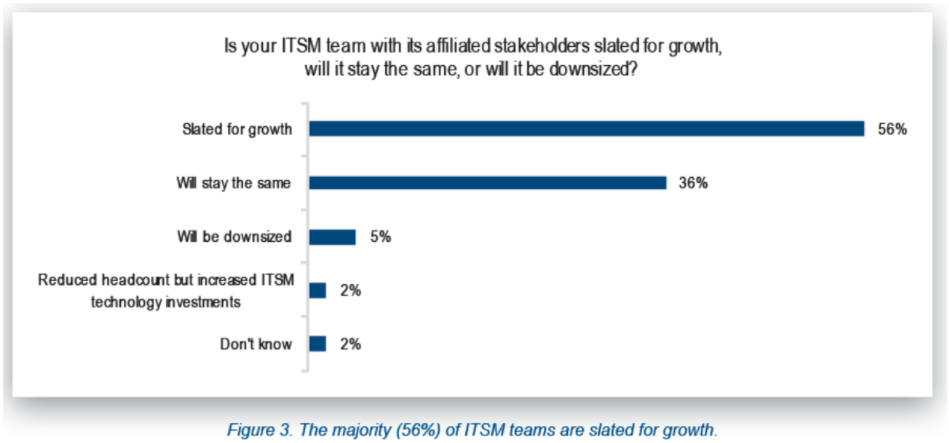Hey, EMA Report on ITSM: You Had Me at “Hub”
I was only the second sentence into Enterprise Management Associates’ Next-Generation IT Service Management research report when the hunger pangs struck. The sentence read:
“As this research shows, in many organizations ITSM is becoming a hub of innovation…”
Mmmmm, hub. I pictured myself at the Hub & Spoke Diner near downtown Salt Lake City, pounding down slices of lemon pound cake French toast, which, I imagine, could be also home-delivered through the aptly named Grubhub service that helps you “find and order food from wherever you are.”
From there I digressed to researching the etymology of “hub.”
A wheelwright’s word for “solid center of a wheel” from the 1640s, it took on the meaning of “center of interest or activity or importance” when it appeared in the writings of Oliver Wendell Holmes in 1858: “The Boston State-House is the hub of the solar system.” [Holmes, “Autocrat of the Breakfast Table”]
Pivot, axis, fulcrum, middle, core, heart, focal point, nucleus, nerve center
No matter how you slice the synonyms for hub, ITSM as a “hub of innovation” can unify IT across its many silos, says the report’s author, Dennis Drogseth. It can “promote and measure IT operational efficiencies, and consolidate insights critical for IT-to-business planning supportive of both IT and digital transformation.”
ITSM “a reactive area in decline?” The data says otherwise.
Drogseth says that while many industry pundits view ITSM as a reactive area in decline, the data shows that the majority (56%) of ITSM teams are slated for growth, while only 7% will be downsized for various reasons.

The top five reasons for ITSM growth are:
- The company overall is growing and ITSM teams are growing along with it.
- ITSM is increasingly being viewed as a center of governance.
- ITSM is more actively engaging operations stakeholders.
- ITSM is assuming more responsibilities across the lines of business.
- ITSM is expanding to support enterprise (non-IT) services.
Concerning item #2 that ITSM is increasingly being viewed as a center of governance, Drogseth states in the report’s conclusion:
“Another trend that stood out in this research was a consistent drumbeat on ITSM’s hub-like role as a center for IT governance. A priority that became evident across questions about technology options, metrics, data sources, and reasons for growth. It was also telling that across all identified teams—the executive suite, Operations, ITAM, ITSM, and “other” (including Development)—most respondents viewed ITSM as leading the charge in IT governance and optimizing OpEx efficiencies.”
This statement reminded me of Ivanti’s 2017 Sales Kickoff in January where ITSM evangelist and now director of ITSM Sales, Matt Hooper, opened the “Modernization of IT Services” session at with a quotable quote:
“It’s not IT and the business. IT is the business. Even more so than the accounting function, IT is the only function that spans the entire business. And ITSM has never been more important. It’s the governance and decision making around IT activities.”
The full EMA Spring 2017 report, which you can download below, includes these two concluding statements from Drogseth:
“ITSM’s role going forward suggests overall positive motion, but not without some unique obstacles. The refocused attention to challenges in software administration and deployment in 2017 highlights the broader issues involved with keeping up with more dynamic trends such as cloud and agile, as well as effectively managing ITSM’s role as a hub across expanding opportunities. To support these needs, ITSM-related management software needs to become increasingly dynamic, more analytically advanced, and better integrated in support of a growing number of tasks, initiatives, and stakeholders.”
“The good news for vendors is that the ball is largely in their court to deliver ITSM-related software that can help ITSM teams succeed with their next-generation ITSM initiatives. And the good news for ITSM and IT organizations is that the climate is favorable for innovation and change. Hopefully these opportunities will be realized and yet more progress will be made in the coming years as ITSM is redefined as a model of service-aware integration, communication, advancing analytics, and automation across IT and between IT and the business it serves.”


